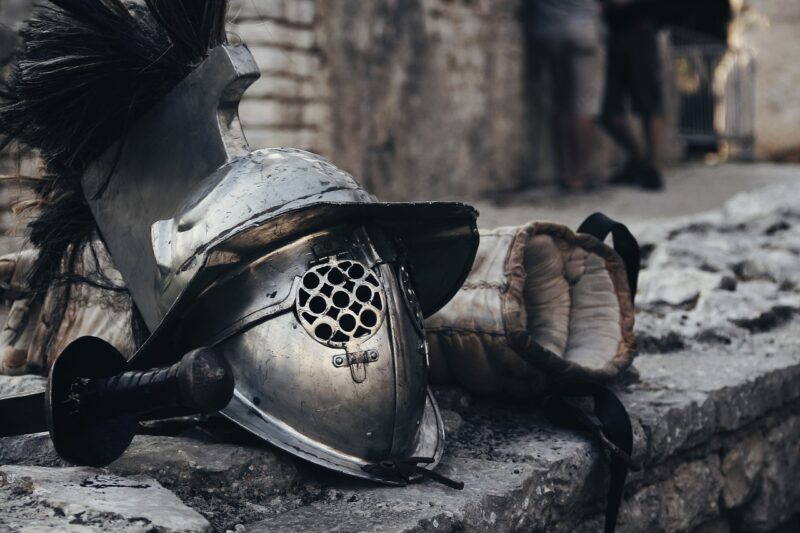
The Cold War, a political and ideological struggle between the United States and the Soviet Union from the late 1940s to the early 1990s, significantly influenced the course of history and shaped modern society as we know it today. While many associate this period primarily with military tensions, nuclear arms races, and diplomatic conflicts, its impact extended far beyond geopolitics. The Cold War permeated our culture, education, technology, and even our personal lives, carving a legacy that still affects us.
1. The Historical Context of the Cold War
The Cold War emerged in the aftermath of World War II, as the two global superpowers, the USA and the USSR, found themselves at ideological odds. The United States championed capitalism and democracy, while the Soviet Union espoused communism and socialist principles. This ideological divide gave rise to political alliances, military interventions, and a plethora of proxy wars across the globe, from Korea to Vietnam.
Understanding this historical backdrop is essential to grasp why the Cold War’s effects have lasted into modern society. Tensions extended into every aspect of life, from military strategies to cultural expressions. The fear of communism infiltrated Western societies, leading to phenomena such as McCarthyism in the United States, where individuals suspected of communist affiliations were persecuted, resulting in a climate of fear and suspicion.
2. Cold War Ideologies & Their Influence on Society
The polarization of ideologies during the Cold War laid the groundwork for many societal shifts. Here are a few ways the ideological tensions impacted modern society:
- Civil Rights Movement: The Cold War context influenced the Civil Rights Movement in the United States. African American leaders pointed to American hypocrisy regarding freedom and democracy, arguing that if the U.S. was advocating for democracy globally, they needed to confront racial discrimination at home. This intersection of the Cold War and civil rights demonstrates how global politics can affect domestic social movements.
- Women’s Rights Movement: The post-war period also saw increased advocacy for women’s rights. In a world where the U.S. sought to promote its democratic values, more women began seeking equality in the workplace and at home, leading to pivotal changes in societal norms and legislation regarding gender equality.
- Environmental Movement: The Cold War era also sparked an awareness of environmental issues, as both superpowers engaged in industrial exploitation and military testing. Movements advocating for environmental rights began to emerge, resulting in an increased focus on sustainability in later decades.
3. The Cold War’s Impact on Pop Culture
The cultural landscape of the Cold War reflects its tensions and themes, influencing movies, music, literature, and art. Many notable cultural movements emerged in response to the prevailing ideologies of the time:
Film and Television
Cold War cinematography often depicted the struggle between good and evil, freedom and oppression. Films like “Dr. Strangelove” and “The Spy Who Came in from the Cold” provided commentary on the absurdities of nuclear war and espionage. The James Bond film franchise, which began in the early 1960s, epitomized the era’s spirit, with its blend of espionage and glamour, largely centered around the conflict between capitalism and communism.
Music and Literature
Musical genres such as rock and roll emerged during the Cold War, often laced with rebellious sentiments. Artists like Bob Dylan and Joan Baez used their music to protest against the societal issues stemming from the political climate. Literature also reflected this tension, with authors like George Orwell, whose works such as “1984” and “Animal Farm” critiqued totalitarian regimes, becoming increasingly crucial during this time.
4. Technological Advancements fostered by Cold War Rivalry
The Cold War spurred significant technological advancements that have shaped modern society. The space race, in particular, became symbolic of the competition between the two superpowers:
- Space Exploration: The launch of Sputnik by the Soviet Union in 1957 marked the beginning of the space race and ignited efforts in scientific and technological research. This rivalry led to monumental achievements such as manned moon landings and the establishment of NASA, influencing various fields including communications, weather monitoring, and GPS technologies today.
- Nuclear Technology: The arms race prompted extensive research and investment in nuclear technology. While the potential for disaster increased, technologies developed during this period also found uses in medicine and energy production, forever altering how societies function.
5. The Cultural Legacy of the Cold War
Today, the legacy of the Cold War can still be felt across various domains. The political narratives, societal attitudes, and cultural expressions shaped during this era often reflect ongoing generational dialogues regarding issues of freedom, security, and global interaction. Below are several lasting impacts:
- Digital Discourse: The Cold War’s emphasis on information warfare laid the groundwork for how information is disseminated and manipulated in the digital age. Issues like propaganda and misinformation in modern politics can trace back to tactics developed during this period.
- Global Conflict and Diplomacy: The confrontational style of international relations was inherited from Cold War policies, manifesting in ongoing military tensions, regional conflicts, and the role of international organizations in conflict resolution today.
- Cultural Symbols: Icons from the Cold War era, such as the Berlin Wall and global peace movements, continue to inspire activism and represent the ongoing struggle for freedom and equality worldwide.
Conclusion
The Cold War’s influence is woven into the fabric of modern society and culture. It transformed political landscapes, fostered movements for social justice, reshaped artistic expressions, and spurred technological advancements. Our current global environment, cultural values, and social frameworks still carry traces of this ideological conflict, demonstrating that while the Cold War may have ended, its legacies will remain relevant.
By examining the impact of the Cold War, we acknowledge the complex interplay between politics, culture, and societal changes, providing a deeper understanding of our modern world and the forces that continue to shape it.







